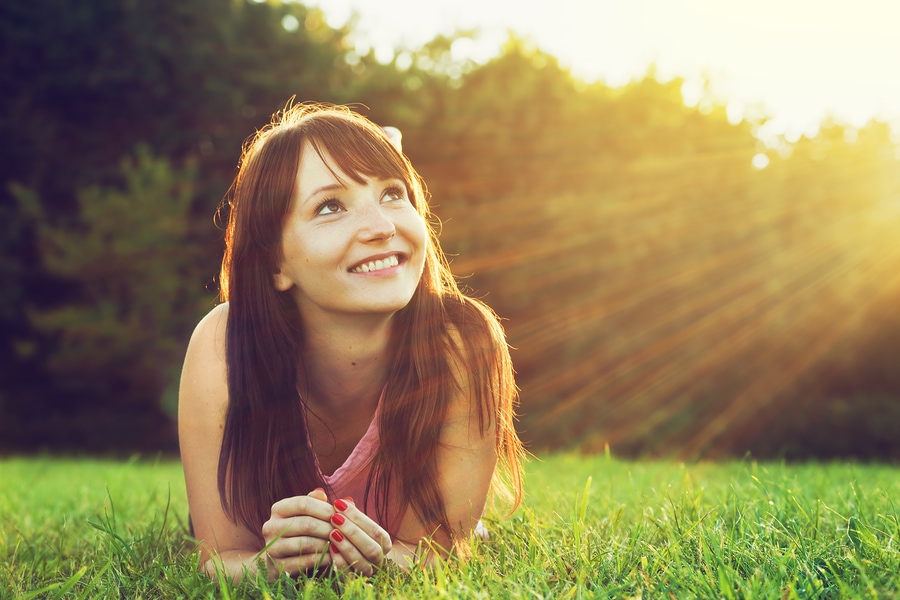Vitamin D and the Sunshine

In recent years, a great deal has been written and said about Vitamin D, its benefits and what can be attributed to a lack of Vitamin D in the body.
Recent research carried out by the University of Edinburgh, for instance, found that bowel cancer patients with high levels of Vitamin D in their blood are more likely to survive the disease, compared to those with the lowest levels.
Another study of pooled data found that Vitamin D boosts may prevent early death from heart disease and cancer. The Mount Sinai Medical Center research showed that a strong association between low Vitamin D levels and risk of death. Dr Paolo Bofetta said the effects of Vitamin D supplementation on risk of death was not clear, but that the analysis did confirm the protective nature of the substance on elderly patients.
Vitamin D is created by the exposure of skin to the sun – and that means skin that isn’t covered in sunscreen, or your body can also get it in small amounts from food such as oily fish (salmon, sardines and mackerel), eggs and fortified breakfast cereals and spreads.
At this time of year, it is a good idea to make the most of the sunshine to ensure you top up your Vitamin D levels. Campaigns have long warned of the dangers of skin cancer caused by sun exposure and rightly so, but is there a way of allowing the sunlight onto your skin without putting yourself at risk?
Mid-day Sun
The strongest sunshine is between the hours of 11am and 3pm, which is the best time for your skin to make Vitamin D. Experts recommend the exposure of large areas of skin (the torso, for example) to maximise Vitamin D production.
April to October Exposure
Daily exposure of unprotected skin for short periods of time during the months of April to October is recommended – but of course, this depends on the weather, as many people’s daily work will keep them inside at such times.
Lunch Outdoors
If you can manage it, a walk at lunchtime outside at lunchtime with your sleeves rolled up, or a picnic in the park whilst wearing shorts can be helpful.
Individuals Vary
The length of time of exposure depends on the individual. Very light-skinned people who do not tan well should limit their exposure without sun screen to 10 to 15 minutes. After this time has elapsed, then either applying sunscreen or covering up with clothing is a good idea.
Remember – too much sun exposure can increase your risk of skin cancer, so stay safe and that way you can enjoy the benefits of natural Vitamin D production.

